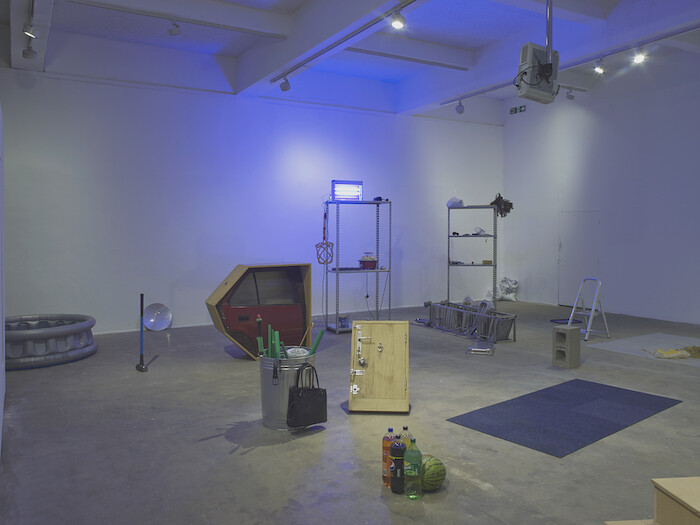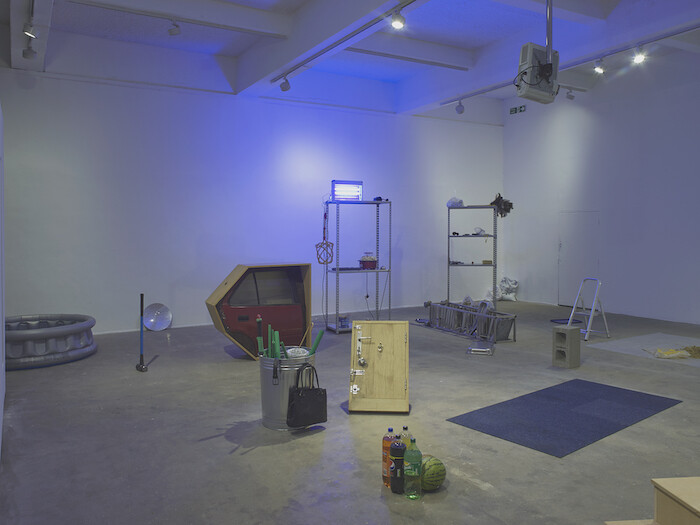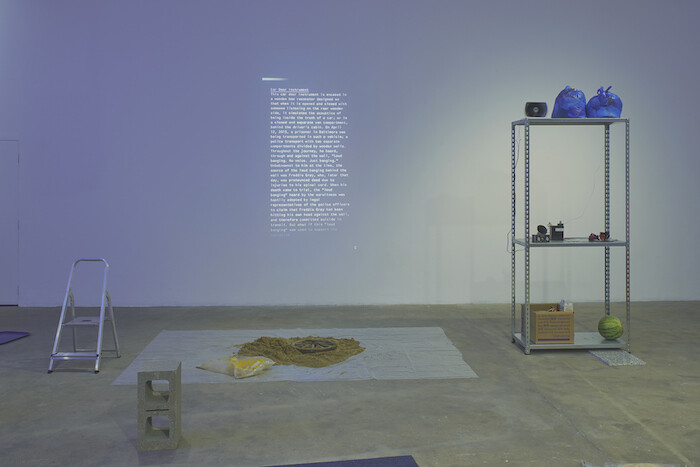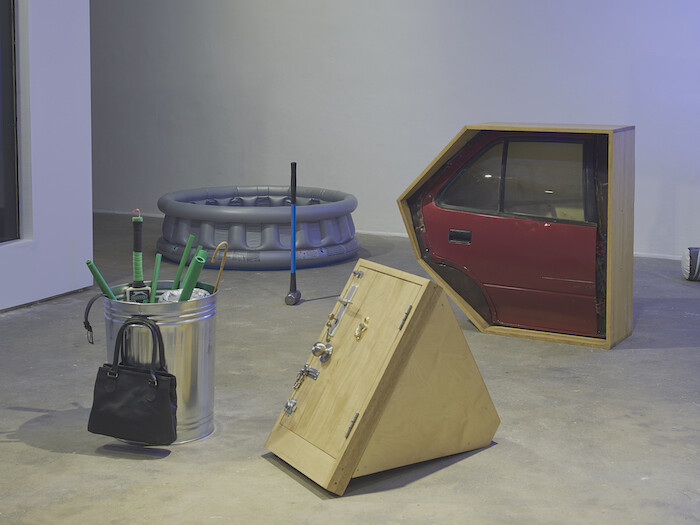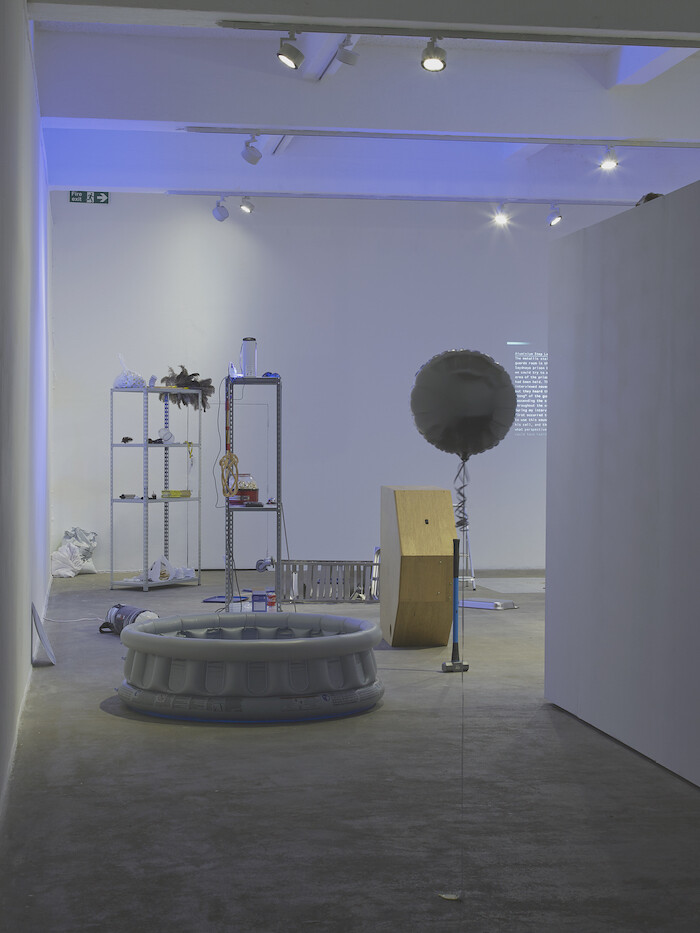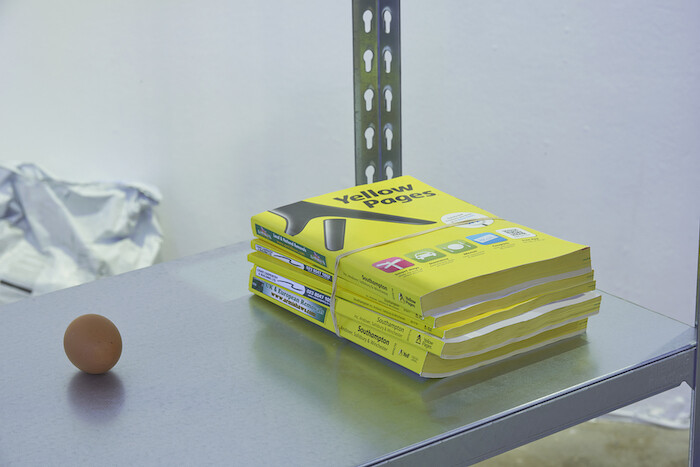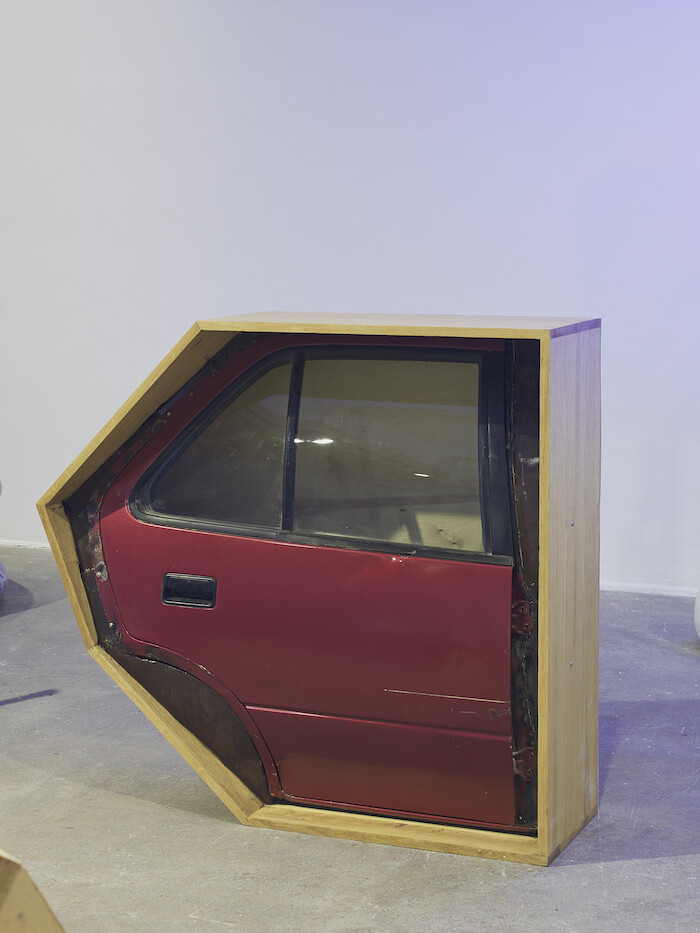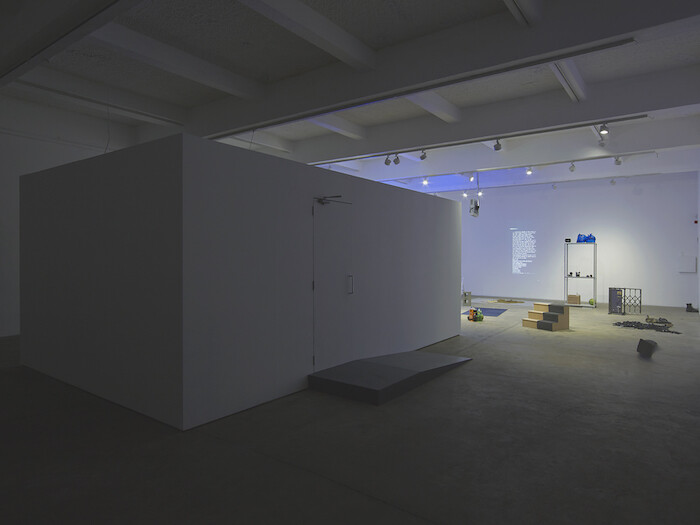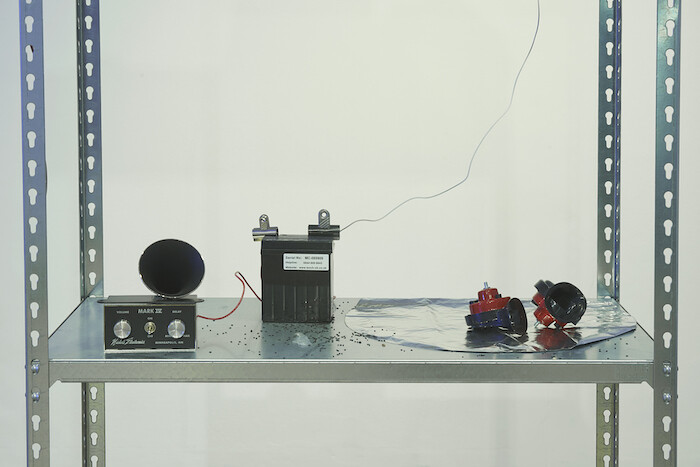Lawrence Abu Hamdan’s latest project emerged from his involvement with an extensive—and emotionally harrowing—2016 investigation by Forensic Architecture into Saydnaya Prison in Syria, commissioned by Amnesty International. (The investigation was presented in Forensic Architecture’s exhibition at London’s Institute of Contemporary Arts earlier this year, for which they were nominated for the Turner Prize.) Given the lack of images of Saydnaya, and that prisoners were often kept in darkness or blindfolded, the investigation made use of the inmates’ memories of sounds heard within the prison, sensory experiences made all the more acute given the silence that was brutally enforced. Although the work became one of Amnesty’s biggest campaigns of recent years, and arguably helped to shift perception of the Syrian regime in the West, much of the testimony gathered was of little use in court, although it was not without meaning; such might broadly be considered the status of art, and it was within the space of art that Abu Hamdan found somewhere for that which was previously inadmissible.
As with Abu Hamdan’s earlier video Rubber Coated Steel (2016), in which the artist analyzed audio recordings of a 2014 protest in the occupied West Bank to ascertain whether live rounds or rubber bullets were used in the killing of two Palestinian men by an Israeli soldier, the 12-minute sound work Saydnaya (the missing 19dB) (2017) is concerned with the suppression of sound and how this acts, in turn, as a suppression of people. Two speakers play the piece in a small, dark room at the center of the gallery. It opens with a repeated test tone and a litany of places—”a Swiss Alpine luxury retreat hotel and spa … the Chernobyl exclusion zone”—and ends with “Saydnaya, the Syrian regime prison 30km north of Damascus.” A former prisoner notes: “In Saydnaya, silence is the master.” This sense of a power both tacit and brutal is explored in the form of victim testimonies and Abu Hamdan’s explanatory comments. Through them, one comes to understand what is meant by “the missing 19dB”: the difference in volume of the whispered voices of those imprisoned before 2011—when Saydnaya was “one of the better prisons in Syria,” in the artist’s words—and those imprisoned afterward, when it had become, essentially, a concentration camp in which a far stricter regime of silence was imposed. If sound seldom leaves a physical trace, then what of its absence? Silence, this work suggests, can make marks, and it is by listening to it that one becomes aware of a trauma both unspoken and unspeakable.
Abu Hamdan’s acoustic analysis is in some sense similar to psychoanalysis, whereby what is left unsaid, or what is said unwittingly, can reveal that which is important. The former prisoners he interviewed would often use unusual metaphors or give specific instructions, describing sounds that they must have imagined rather than remember hearing. “You need to get a plastic bag filled with cotton and hit it with an iron bar,” one says. Another describes the slamming of a metal door as sounding like bread being dropped to the ground. What the listener can hear, in such descriptions, is the distortion of memory by hunger, a reminder of how the experience of sound is affected by whatever else the listener is living through at the time.
Abu Hamdan realized that these sounds and their creation with—rather than recreation for—the prisoners might help in the retrieval of the events they had experienced, or to which they had been ear-witnesses. He began to assemble Earwitness Inventory (2018), a collection of objects described in ear witnesses testimonies sourced from multiple trial transcripts all around the world—a rack of metal trays, a popcorn machine, fir cones—as well as specially made objects familiar to Foley artists, such as small doors with a variety of locks, or a short flight of steps half-covered with carpet. These sit mutely, scattered around the gallery, although the toppled rack of trays suggests a sound once made, now dissipated. The objects might be considered instruments—they were played in the performance After SFX (2018), shown earlier this year at London’s Tate Modern—yet their presence at Chisenhale is uncertain. Looking at them, one must imagine what sounds certain objects might make, and so the sense of potential is diminished. Given the conviction so evident elsewhere in the project, the decision to display these objects in this way is less than convincing. As Abu Hamdan has so powerfully demonstrated here and elsewhere, one does not always need to see that which is most important, and meaning often resides most deeply in that which remains unsaid.
